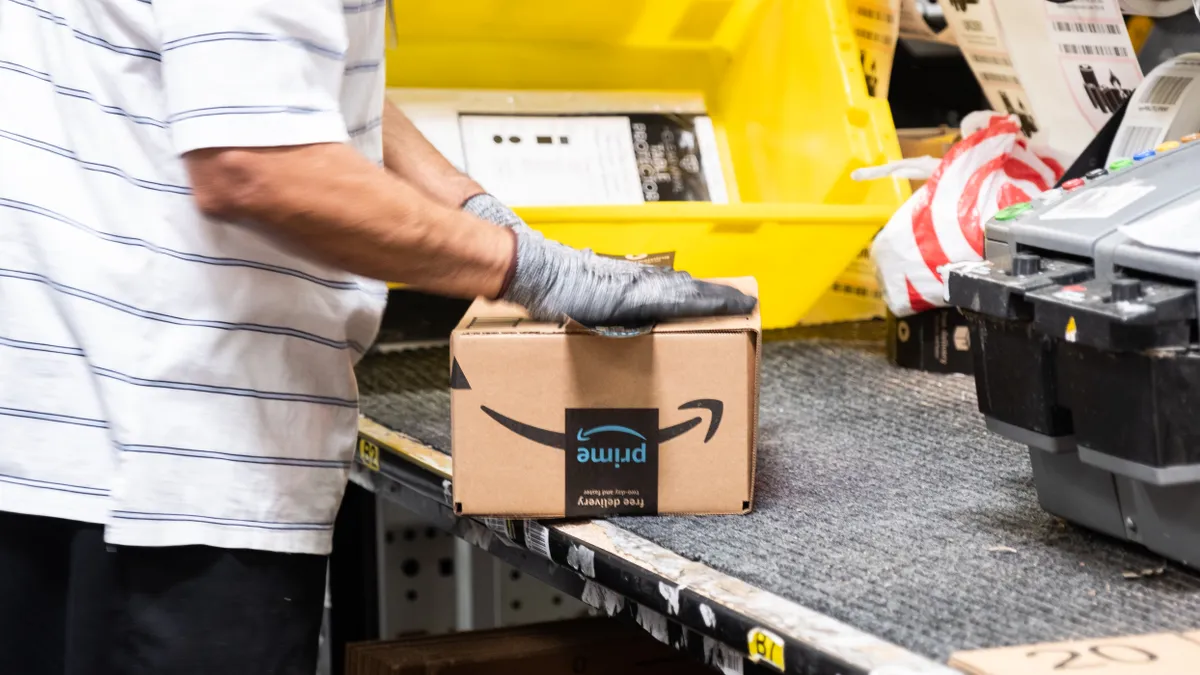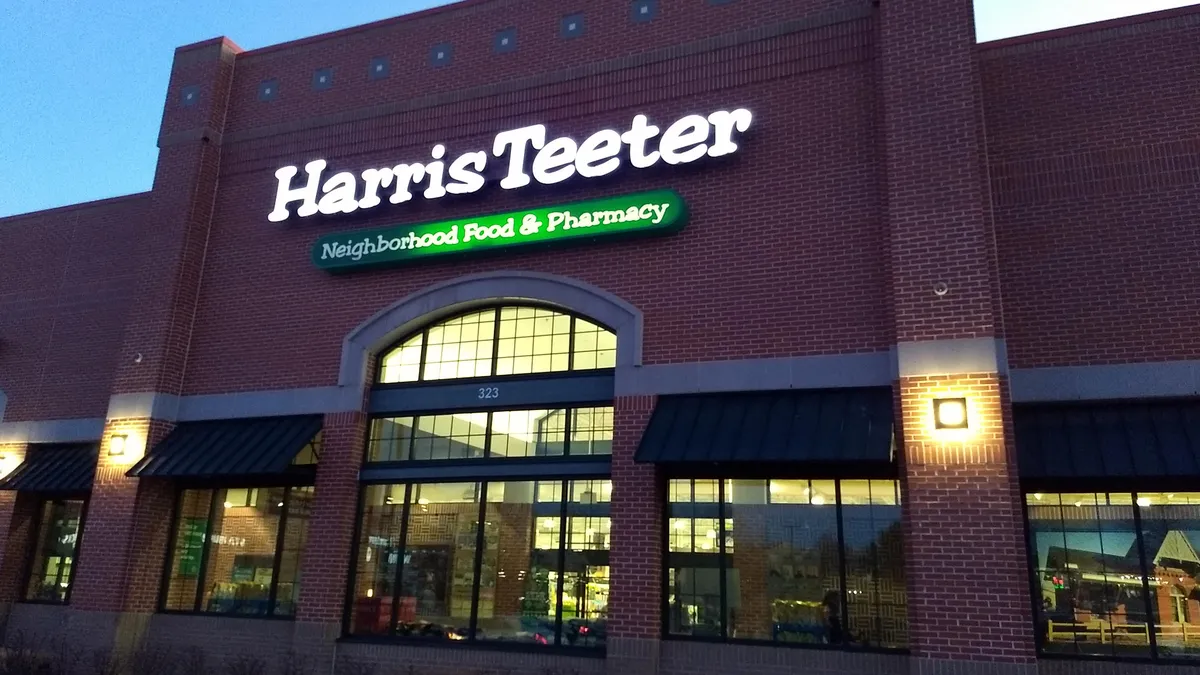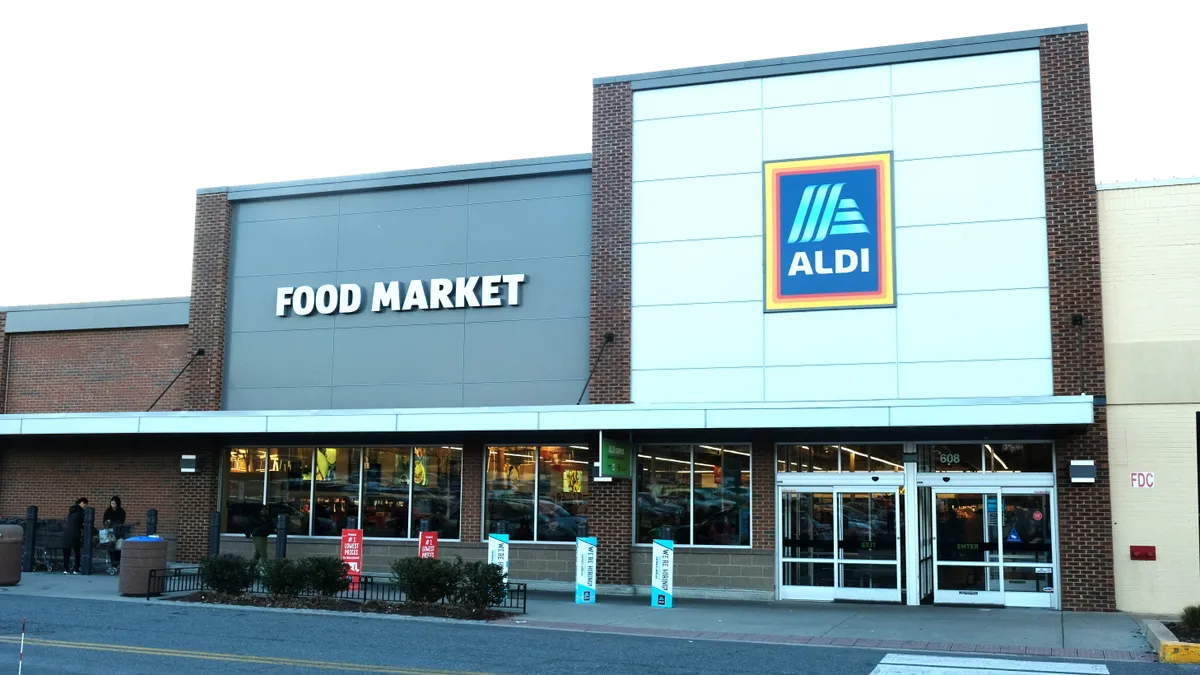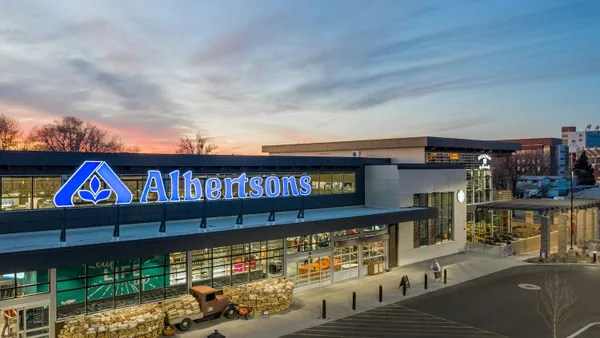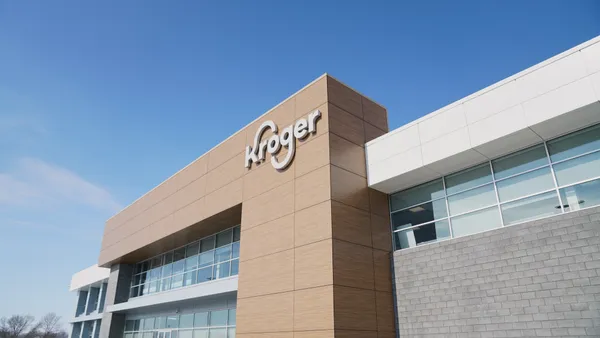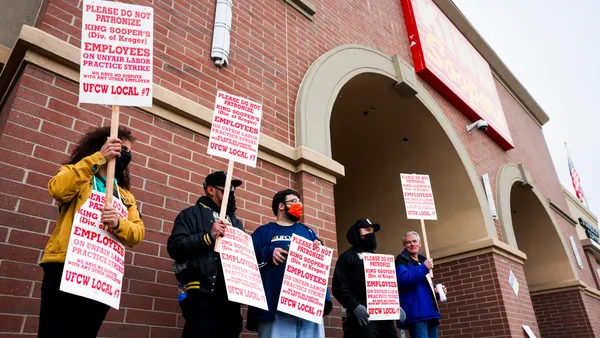Dive Brief:
-
Amazon on Thursday reported that third quarter product sales reached $52.8 billion, from $39.7 billion in the same quarter last year. Revenue from third-party seller services rose 55% to $20.4 billion as online sales rose 38% to $48.4 billion. Sales at physical stores fell 10%.
-
Costs skyrocketed as Amazon speeds up its fulfillment capacity expansion. Cost of sales reached $57.1 billion from $41.3 billion last year; fulfillment costs rose to $14.7 billion from $10.2 billion last year; and worldwide shipping costs rose 57% to $15.1 billion. Shipping costs as a percentage of retail sales reached nearly 18%, according to Moody's Investors Service.
-
Chief Financial Officer Brian Olsavsky said Prime renewal rates and engagement were up in the quarter, with more than 150 million members worldwide. Overall, including the company's AWS cloud unit, net sales rose 37% to $96.1 billion, operating income rose to $6.2 billion from $3.2 billion last year, and net income rose to $6.3 billion from $2.1 billion.
Dive Insight:
The COVID-19 pandemic has fueled online sales, which continued to benefit Amazon in the fourth quarter. The report didn't include the company's Prime Day because it took place earlier this month rather than in July as usual, so that $10 billion in revenue, an estimate from digital strategy firm Publicis Sapient, won't be logged until the fourth quarter.
Sales soared nevertheless. "Amazon generated explosive sales growth during Q3 despite the lack of Prime Day, making year-over-year comparisons murky," Moody's Vice President and retail analyst Charlie O'Shea said in emailed comments, noting, however, that North America retail revenues were up 8% from the previous quarter and margins improved some 10 basis points, "impressive given the increased costs involved."
But the digital tailwind generated by the pandemic softened from the second quarter when many so-called nonessential stores were forced shut, and Amazon's product sales increase softened with it, from 40.1% in the second quarter to 32.8%, according to GlobalData. And the situation is benefiting competitors' online performance, too, in some cases fueling e-commerce increases above Amazon's, according to GlobalData Retail Managing Director Neil Saunders.
"There is no doubt that Amazon's latest results show it continues to be a winner from disruption caused by the pandemic," Saunders said in emailed comments. "As the retail economy opened back up and other retailers ramped up their omnichannel services such as curbside collection, Amazon's share of wallet dropped back a little."
That also showed up in Amazon's brick-and-mortar operations, particularly at Whole Foods, the company's largest physical store fleet. Saunders called that a "disappointment" and said that Amazon needs to improve those stores, which are "cluttered with pickers and packers fulfilling online orders and are off-putting to some shoppers."
"Whole Foods needs to remedy this situation: grocery stores should be compelling and engaging and good at enticing shoppers," Saunders said. "They should not be seen merely as a way for Amazon to service its online grocery business."
As the pandemic surges again across the U.S., more lockdowns may be necessary, and while that could boost e-commerce further, it also makes near-term profitability a concern, according to a client note from Wells Fargo.
That also makes Prime Day in October less beneficial than holding it earlier in the year because the holidays already provide a demand spike, and the event may have added confusion to an already noisy time for retail, according to Saunders.
Still, Prime Day, "combined with the elevated levels of online holiday spending, will make the final quarter a bumper one for Amazon," Saunders said by email.



